Quick Connections

Nilüfer Duygu Yüceli
She has been working as a nutritionist at Anadolu Medical Center since 2017.
Speciality
- Cancer and Nutrition Clinical
- Nutrition Medical
- Nutrition Treatments in Diseases
- Nutrition during
- Pregnancy and Breastfeeding Obesity
Education
- Near East University Faculty of Health Sciences Department of Nutrition and Dietetics in 2013.
- Okan University Institute of Health Sciences, Specialization education, 2016
Institutions Worked At
She graduated from Near East University Faculty of Health Sciences Department of Nutrition and Dietetics in 2013. She completed her professional internships in the Clinics, Oncology-Hematology and Endocrinology departments at the Near East University Hospital and Adana Başkent University Application and Research Hospital.In Stratkom Obesity Center, Private Active Hospital and Private Medical Park hospitals she gave clinical and outpatient services. He has been working as a nutritionist at Anadolu Medical Center since 2017.
- Association of Dieticians of Turkey
- KEPAN
- Başkent University "2. Symposium of National Healthy Life, Oncology Dietitian ", 2012.
- Near East University "Symposium of Food and Drug Interaction", 2009.
- ESPEN LLL Clinical Nutrition Course.
Areas of Interest
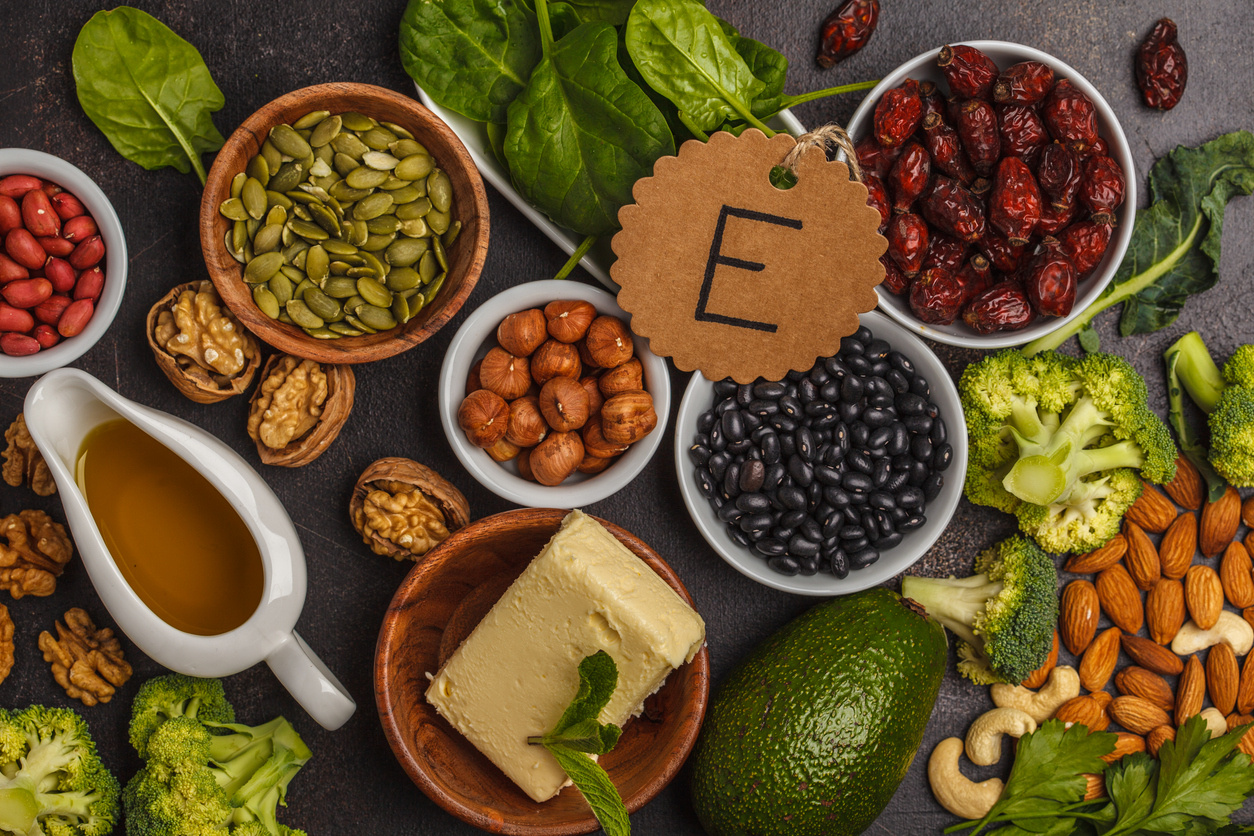
Vitamin E is a potent source of antioxidants, helping protect the body from oxidative stress and boosting immune resilience. It can support hair and skin care, aid in maintaining vision health, and help protect the heart from various disease risks. While this vitamin can be obtained from certain foods, it can also be supplemented with medications available in various forms.

Plant-based products have been used for a variety of purposes throughout history. One such plant product is turmeric, which is derived from the Curcuma Longa plant, belonging to the ginger family. While the quantity and quality of the chemical compounds found in ginger can vary depending on the conditions of the environment in which the plant is grown, ginger is rich in bioactive compounds. Among all the components, the main active compound known as curcumin is primarily responsible for the health-related benefits. Curcumin exhibits antioxidant, anti-inflammatory, and antibacterial properties.
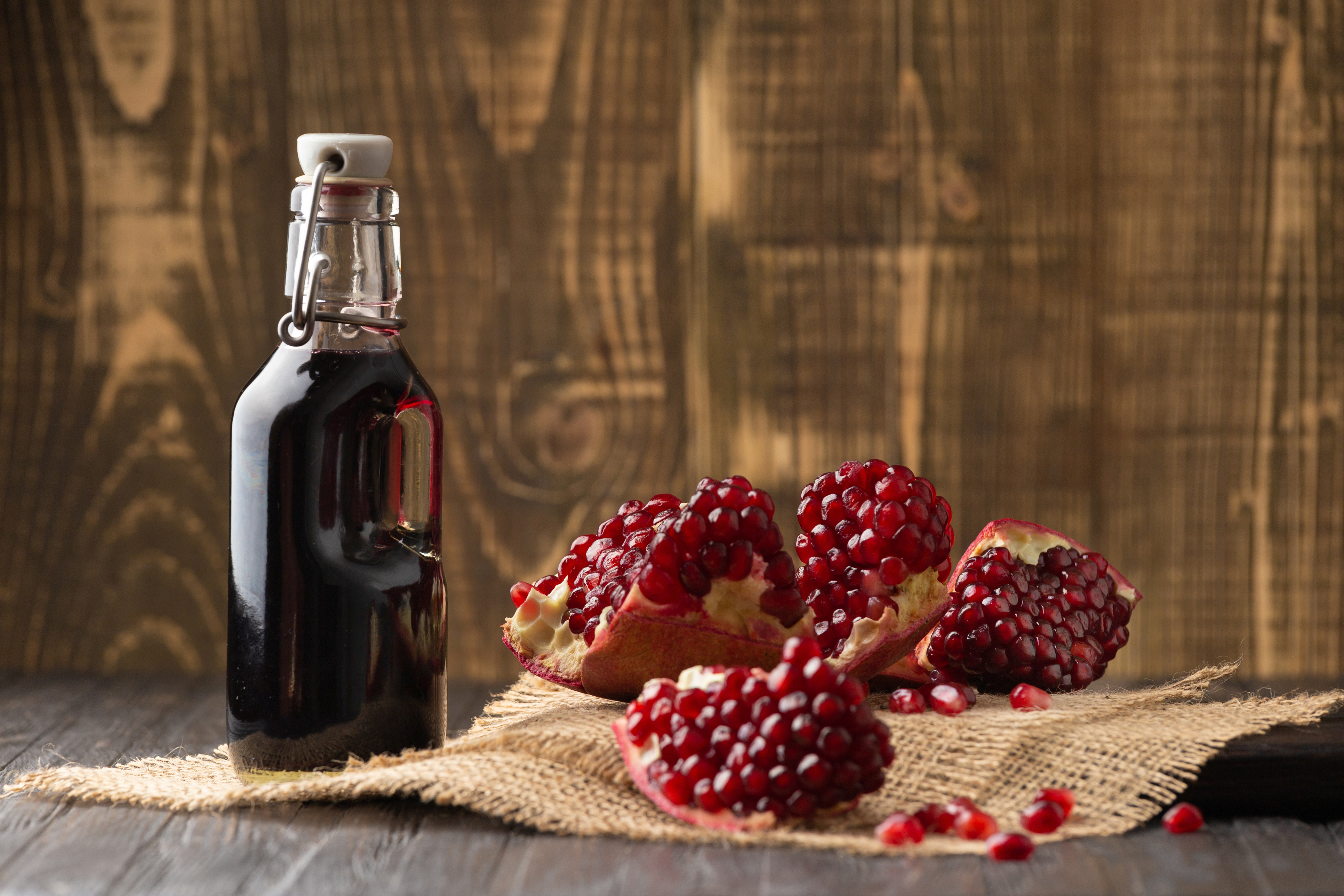
With the rapid advancement of industrial development and technology, people today are increasingly inclined to lead a healthy lifestyle and consume foods that support well-being. As a result, the significance of various fruits has grown. Among these, pomegranate stands out as an essential nutritional source, known both for its delicious taste and its health benefits, and has become one of the most popular fruits worldwide. Belonging to the Punicaceae family and scientifically named Punica granatum L., pomegranate has been valued since ancient times and is widely used in public health due to its medicinal properties. It is rich in folic acid, potassium, phosphorus, iron, vitamin C, and fiber. Due to these properties, it is one of the nine herbal foods included in Japanese-patented medicines. Not only the fleshy part but also the roots, flowers, peel, and seeds of the pomegranate are actively utilized in the health sector.
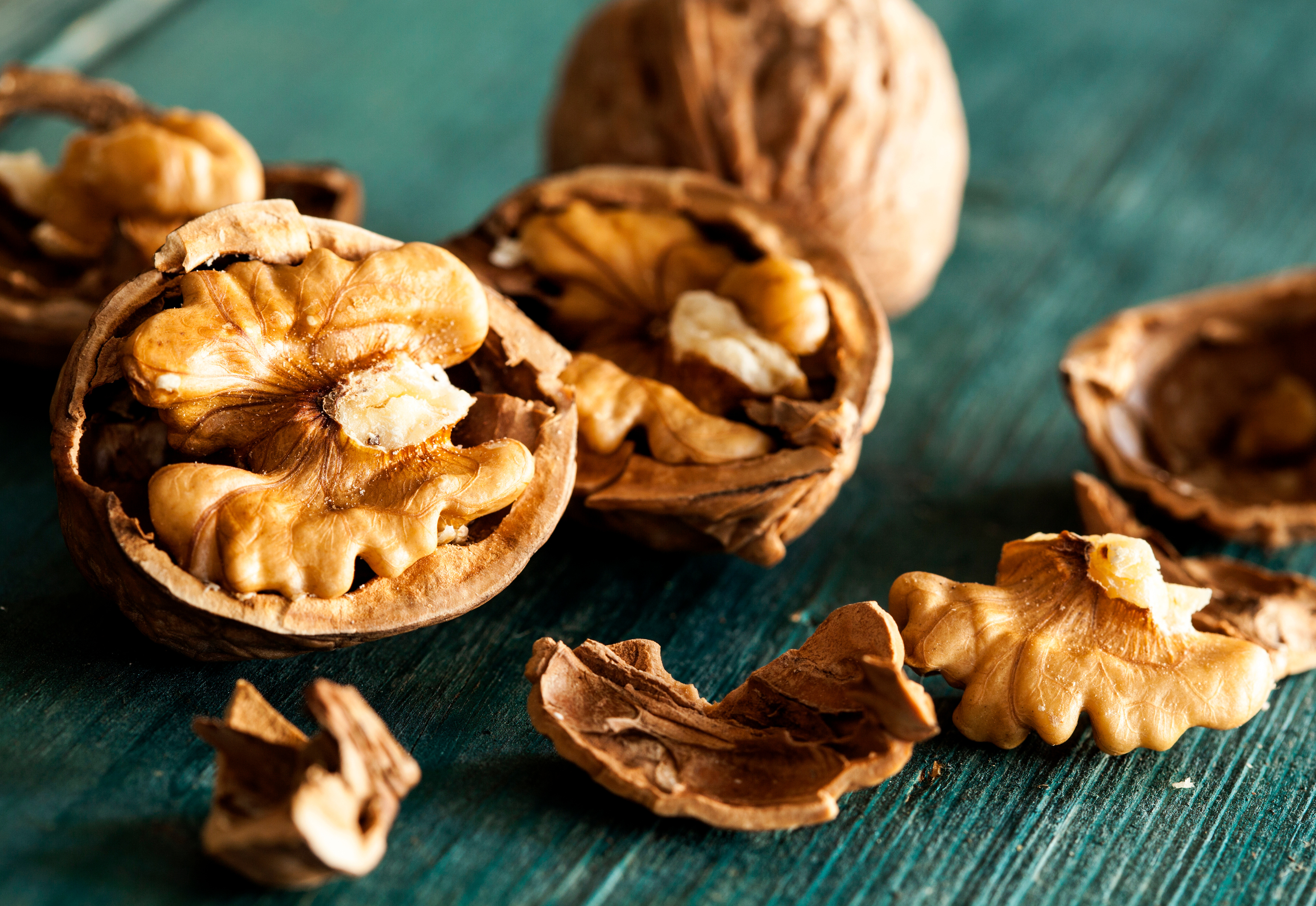
Walnuts are a popular nut due to their nutritional values, nourishing properties, and delicious taste. The rich fatty acids, antioxidants, vitamins, and minerals contained in walnuts can benefit various health conditions, ranging from heart diseases and brain disorders to memory issues, diabetes, cancer risk reduction, and skin health maintenance. Incorporating walnuts into the diet can support a healthy lifestyle.

Quince (Cydonia oblonga) is a small, deciduous tree that is drought-resistant and bears fruit resembling pears. Its fruit can be consumed raw or added to jams or baked goods as part of the diet. It is a fruit native to various regions of Asia and the Mediterranean. When exposed to air, its white-yellow flesh hardens, and its taste becomes sour, bitter, and acidic. However, when ripe, quince has a pleasant taste that is a delightful balance of sweet and sour. It contains many benefits that can contribute to individual health. Thanks to its fiber, vitamins, and antioxidants, it supports overall body health.
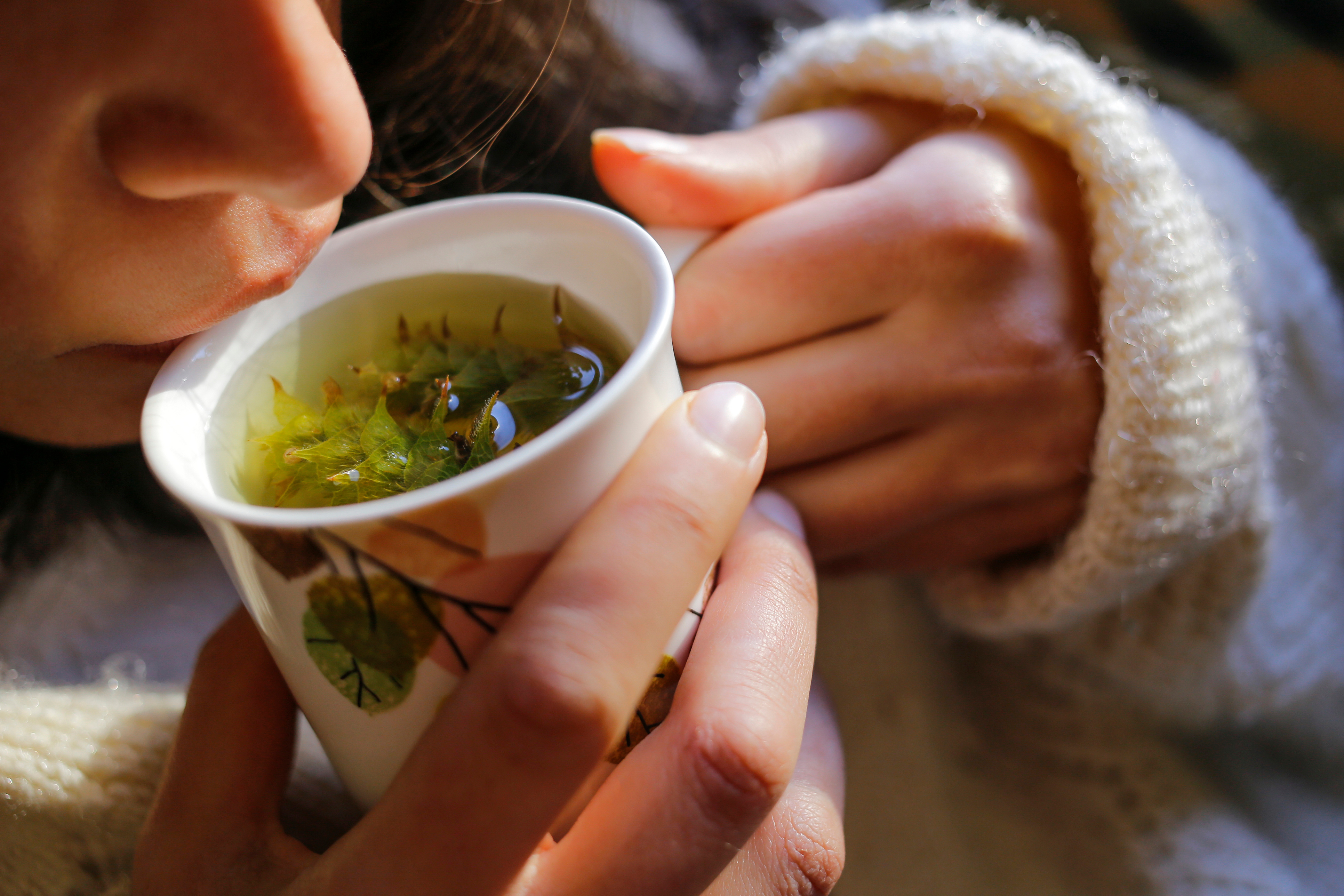
Medicinal and aromatic plants have been widely used throughout history for disease prevention and treatment. The use of these plants is not limited to medical purposes; they have been utilized in various sectors as well. Sage is a valuable medicinal plant belonging to the Lamiaceae family. The scientific name of sage is Salvia Officinalis L., and there are 900 species of it worldwide. Our country, being rich in this plant, contains 87 species. The name "sage" comes from the Latin word "Salveo," which means to heal or restore. Due to its chemical components, sage is frequently used for therapeutic purposes in treatment. Sage is a highly effective plant that not only fights bacterial and fungal infections but is also beneficial in reducing tumors in cancer diseases. Recent studies have also shown that the plant exhibits antioxidant activity. There are various methods of application for sage in folk medicine, with the most common being brewed tea. The method of using sage varies depending on the existing illness. Adaçayı içerdiği kimyasal bileşenlerden ötürü tedavide terapötik amaçla oldukça sık kullanılmaktadır. Adaçayı bakteri enfeksiyonlarına, mantar enfeksiyonlarına karşı etkili olmanın yanında kanser hastalıklarında tümörlerin küçültülmesinde dahi faydalı olan oldukça etkili bir bitkidir. Son yapılan çalışmalarda bitkinin antioksidan aktivite gösterdiği de ortaya konmuştur. Adaçayının halk arasında oldukça çeşitli uygulanış biçimleri bulunmaktadır. En yaygın kullanım şekli ise demleme usulü yapılan çaydır. Adaçayının kullanılış şekli mevcut hastalığa göre değişiklik göstermektedir.

Grains have held a significant place in the nutrition of societies throughout history. Gluten is a plant protein found in some grains, composed of the glutenin and gliadin fractions. The gliadin protein is primarily responsible for most of the negative effects associated with gluten. Grains and components that contain gluten include wheat, barley, rye, as well as beer yeast and oats that are not labeled gluten-free. The most common sources of gluten are baked goods such as bread, pasta, cakes, and cookies. Some individuals need to avoid gluten due to medical conditions. However, avoiding gluten can be somewhat challenging. Therefore, it is essential to be well-informed about gluten-containing and gluten-free foods, and to adopt the principles of a gluten-free diet effectively.
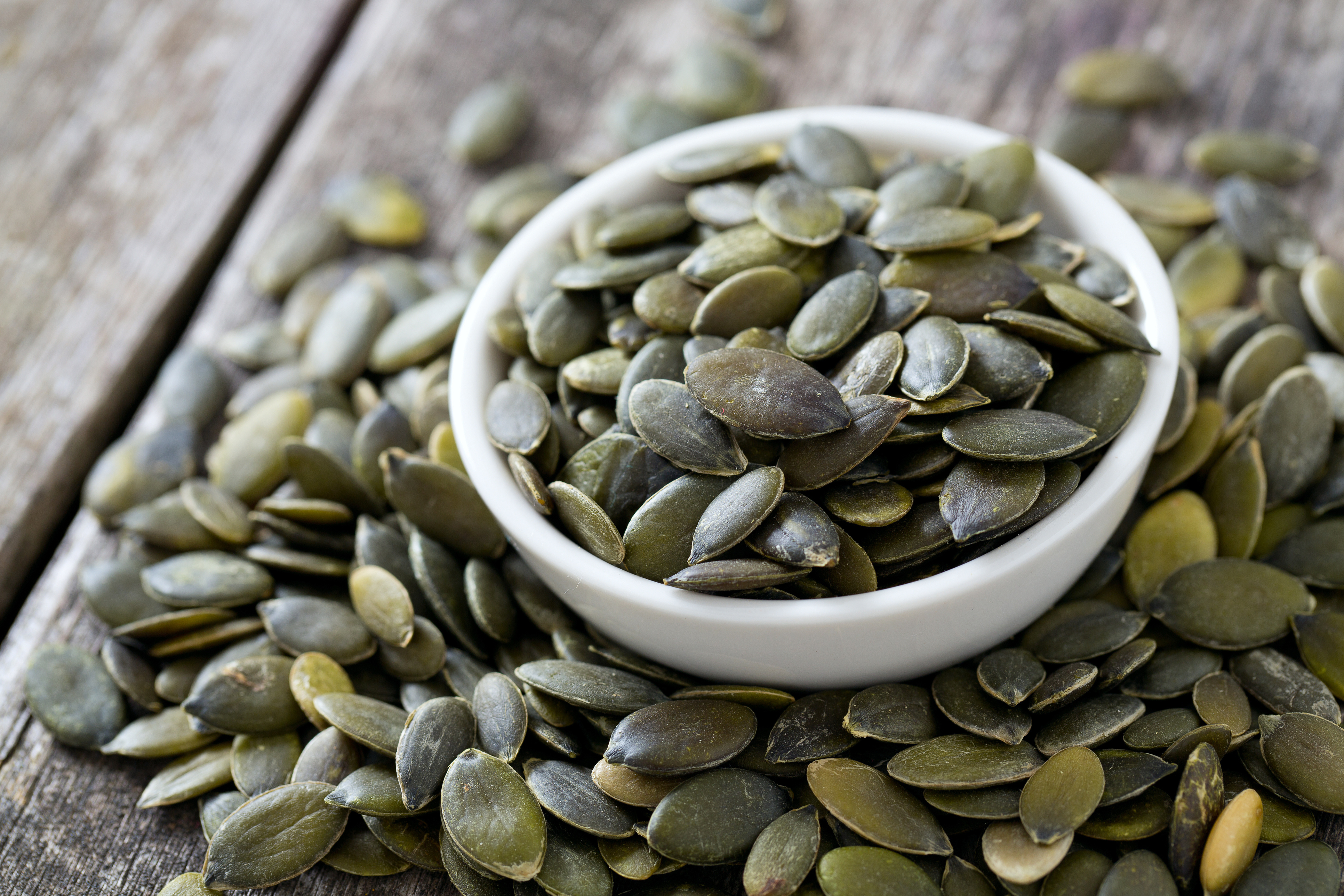
Thanks to the fatty acids, vitamins, and minerals found in pumpkin seeds, they are used in various areas, from aiding in the treatment of chronic diseases to addressing skin issues. They have effects such as detoxifying the body and balancing blood sugar levels. Pumpkin seeds can be used as a supplement, as well as for flavoring dishes and salads. The oil derived from the seeds can also be preferred for cleansing the intestines and moisturizing the skin. As with all natural products, improper and excessive use of pumpkin seeds can lead to undesirable effects. Therefore, it should not be assumed that using more will make them more effective.
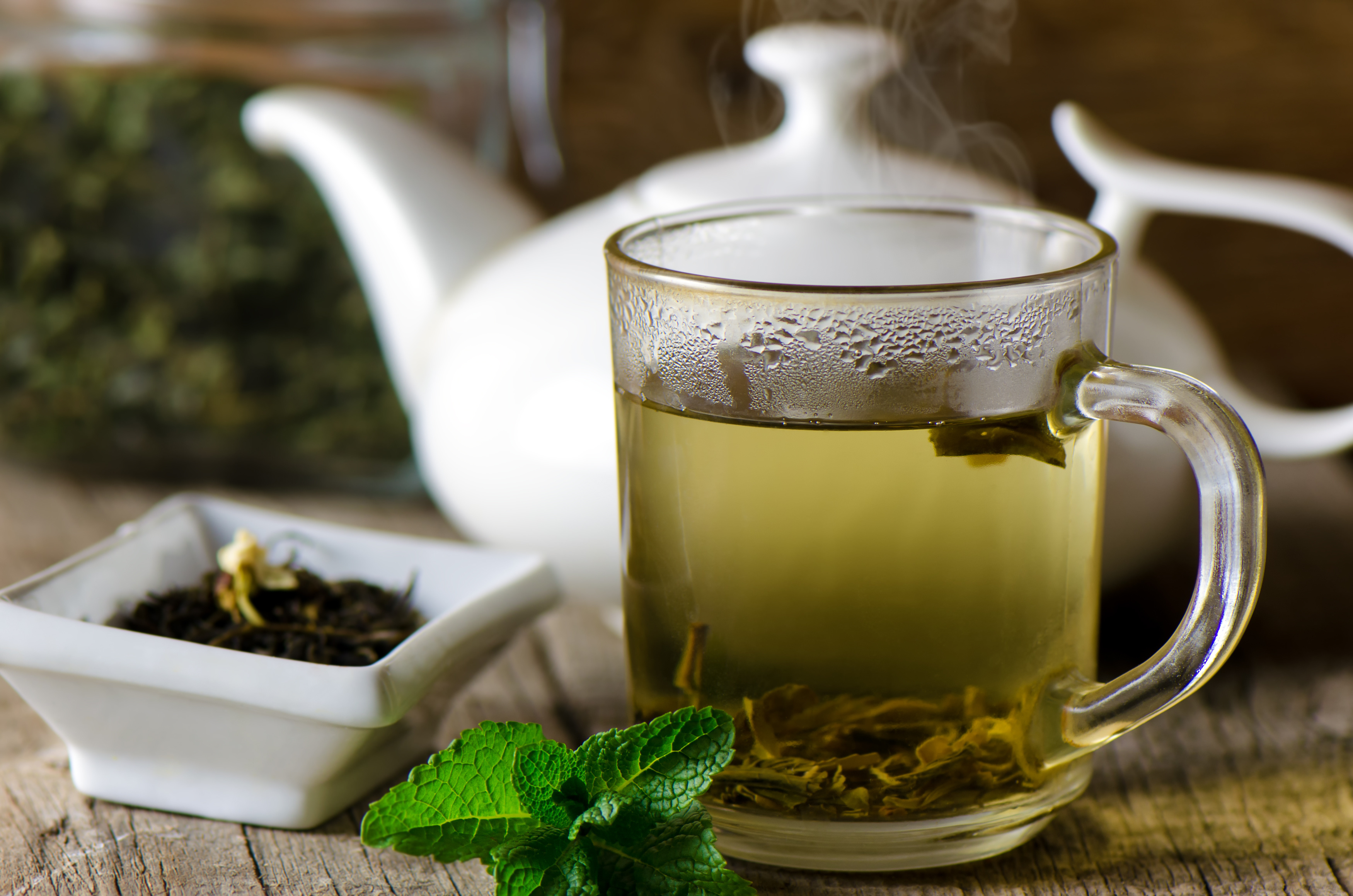
Green tea is one of the plant types recommended by many health experts due to its positive effects on health and can be added to daily nutrition. Thanks to the catechins it contains, green tea is a strong source of antioxidants and stands out for its known effects in preventing the development of cancer and type 2 diabetes. Studies conducted alongside these diseases show that green tea consumption may reduce the risk of developing heart diseases. While there are various benefits of consuming green tea, attention should be paid to the amount consumed, the brewing method, and who can consume it. With the right consumption, one can benefit from the positive effects of green tea.

Lavender oil is a highly popular and versatile essential oil used in aromatherapy. Obtained through the distillation of the lavender plant, lavender oil supports relaxation and can contribute to conditions such as stress, anxiety, and depression. Lavender oil is a product that can be used for many different purposes. In addition to its anti-inflammatory, antifungal, antiseptic, and antimicrobial properties, it also has antispasmodic, analgesic, and sedative effects. Due to its benefits, lavender oil can be a treatment alternative for many health issues, but it is important to remember the significance of dosage and patient history in herbal products. Tolerance levels, allergic history, and effective dosage can vary for each individual.

Detox, which has been frequently mentioned in recent years, is a dietary process aimed at cleansing the body and removing toxins. Various factors such as air pollution, stress, unhealthy eating habits, and exposure to various chemicals can lead to the accumulation of harmful substances known as toxins in the body. Various detox methods performed under expert supervision can help eliminate these accumulated toxins from the body. Answers to questions such as “What is detox?”, “What are the types of detox?”, and “Who can do a detox?” will be detailed in the following sections of this article.
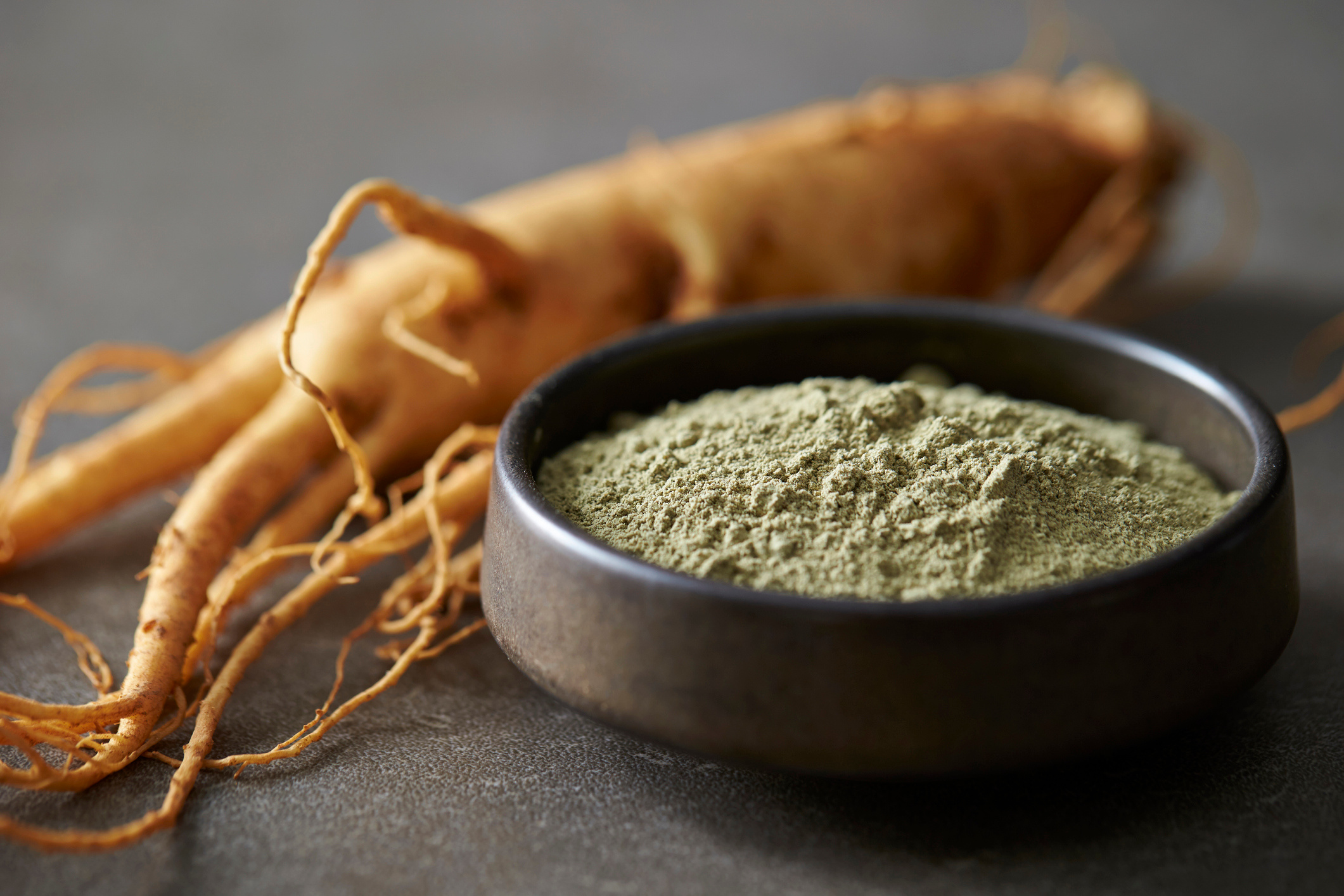
Ginseng is a plant that has been used in traditional medicine in East Asian countries for many years. Commonly preferred in the use of herbal products, ginseng has resistance-increasing effects against stress.

Concerns about body image manifest their effects in many sectors today. People involved in professions such as actors, models, ballet dancers, martial artists, and long-distance runners may be under intense pressure to maintain or reduce their body weight.
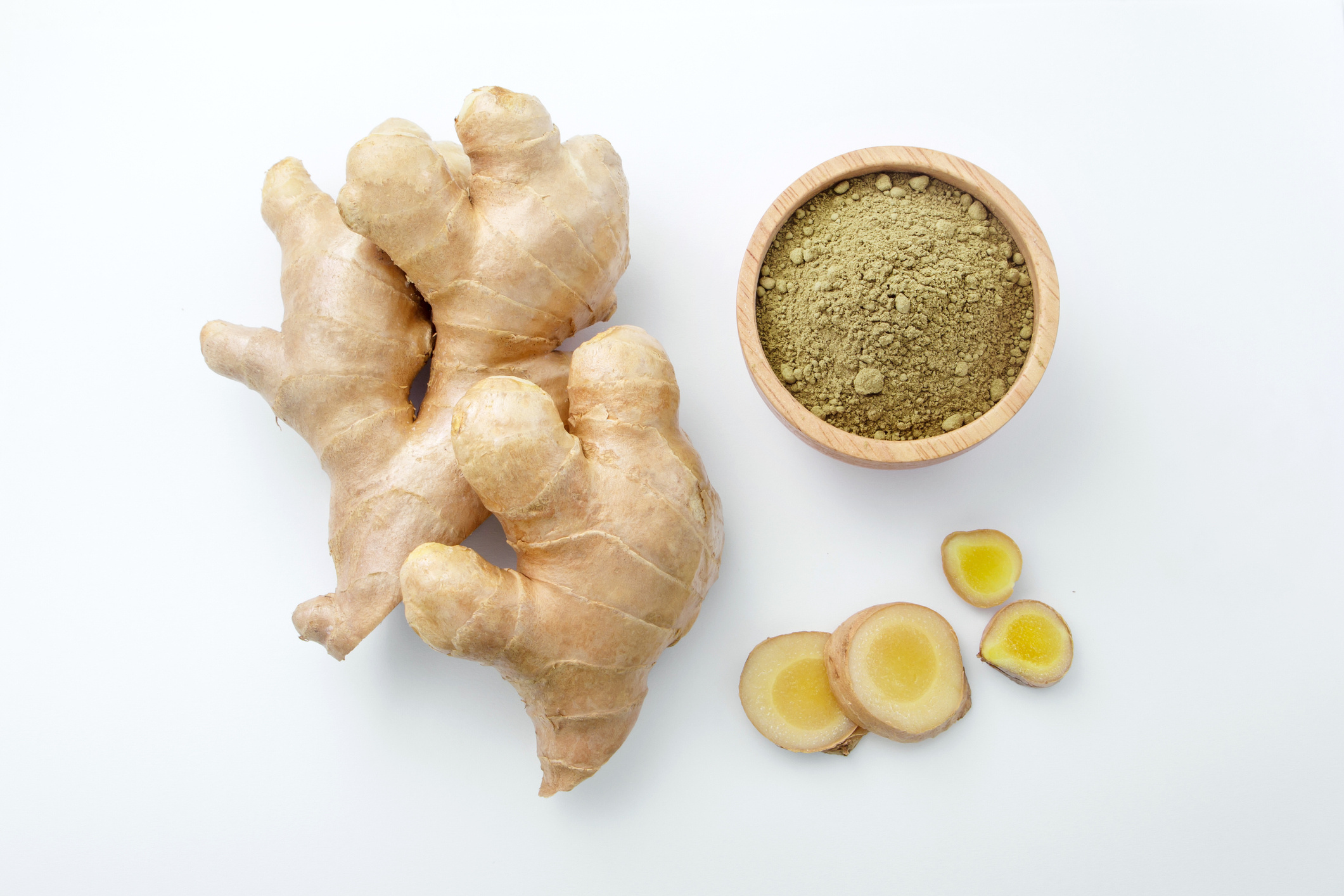
Ginger (Zingiber officinale) is a plant belonging to the root family of turmeric and cardamom.
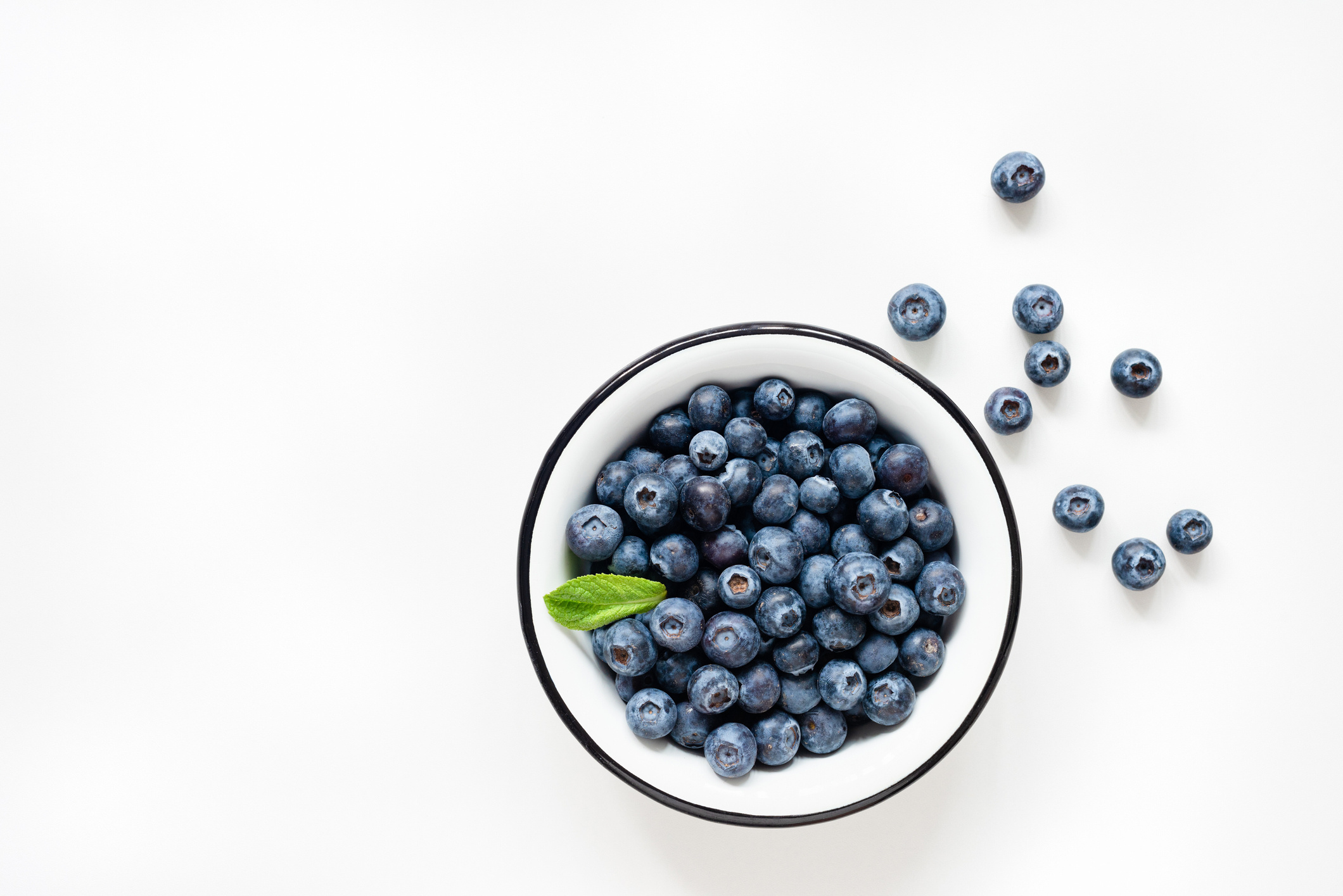
Blueberry is a fruit species native to North America, scientifically known as Vaccinium corymbosum.
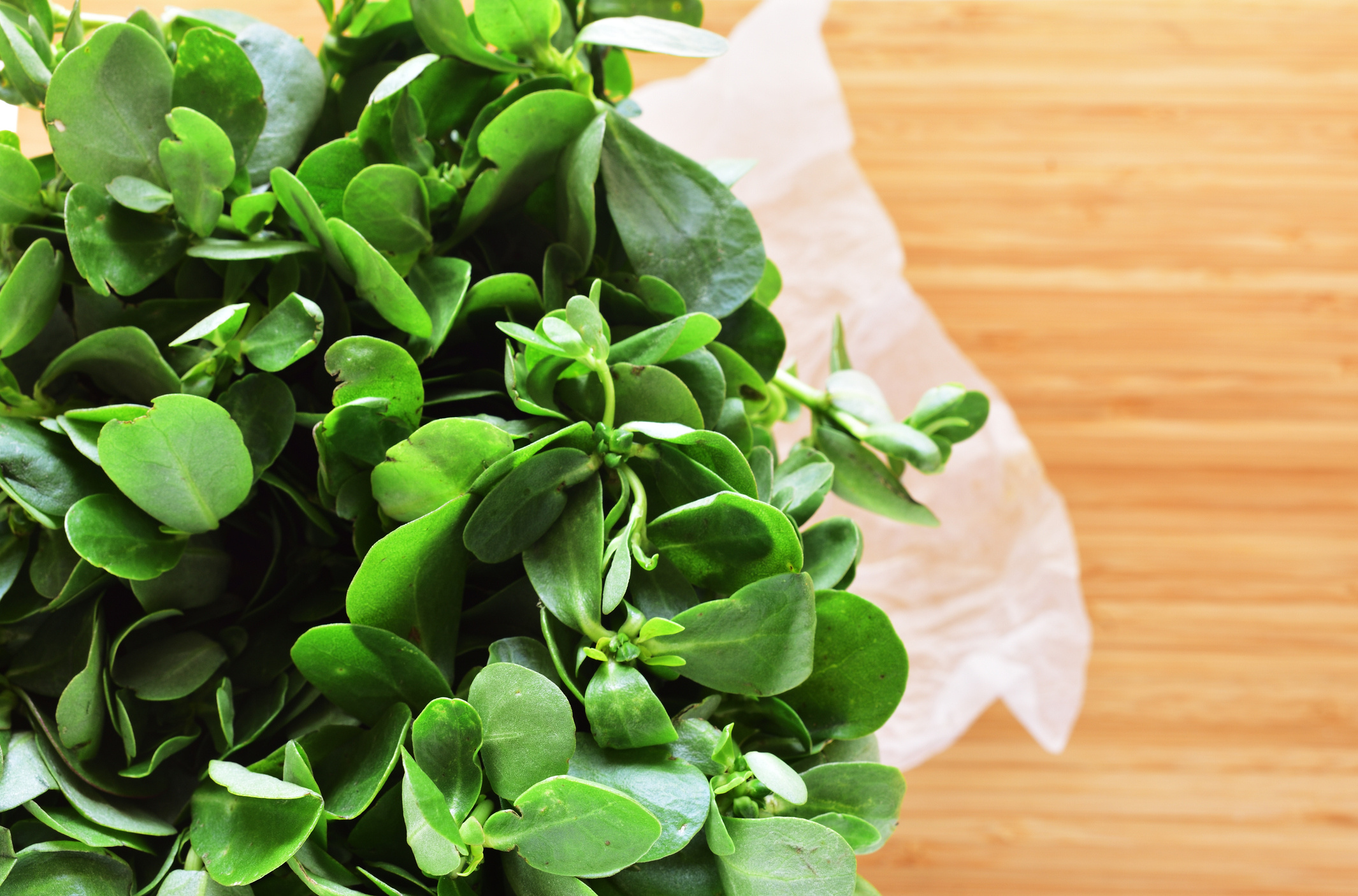
Purslane, also known as pirpirim, is a warm-climate, herbaceous, succulent, and annual plant.
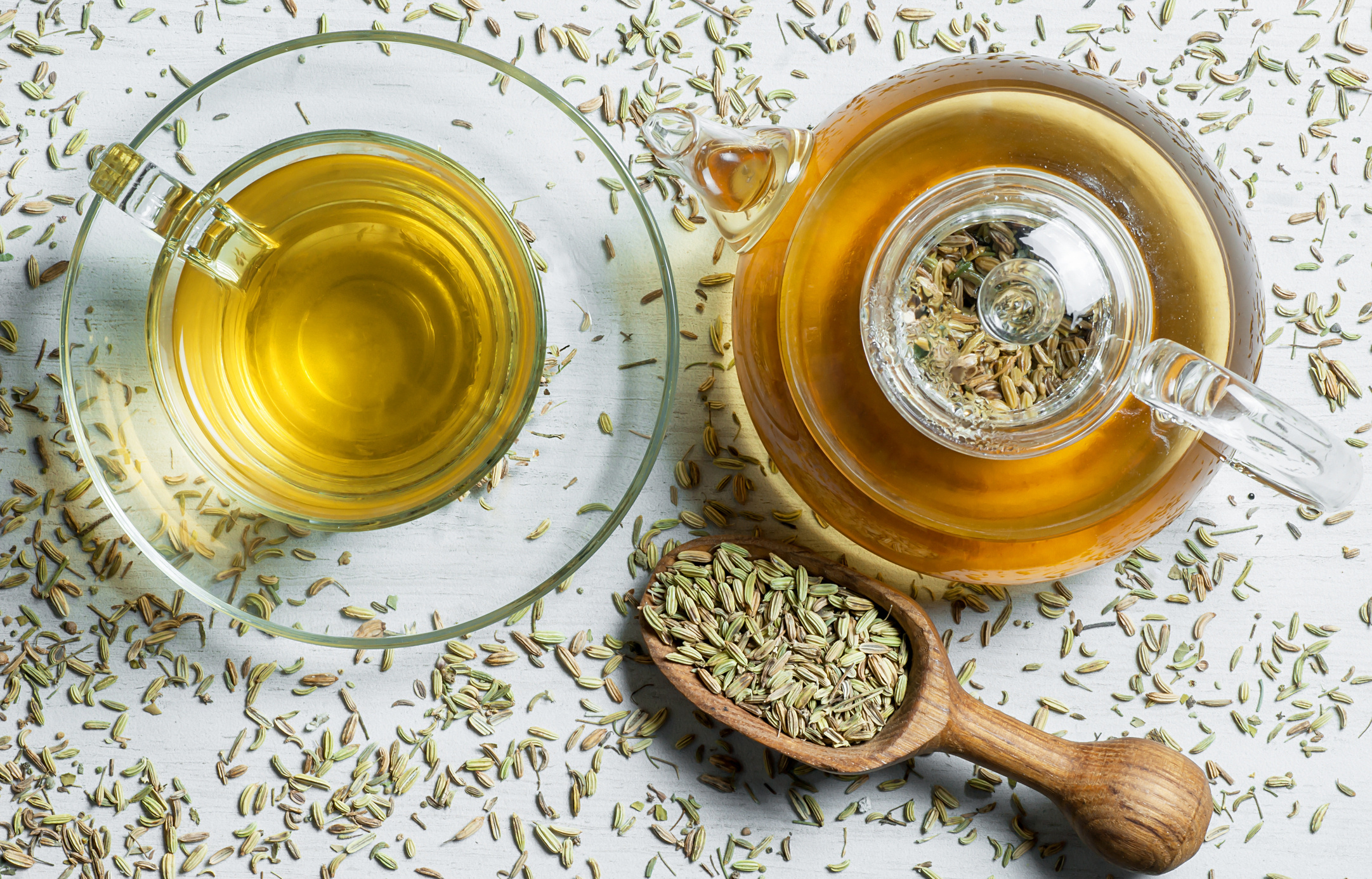
Fennel is one of the plants known for its health-improving properties.

Chamomile is a plant belonging to the Asteraceae family, used for medicinal and aromatic purposes for centuries.
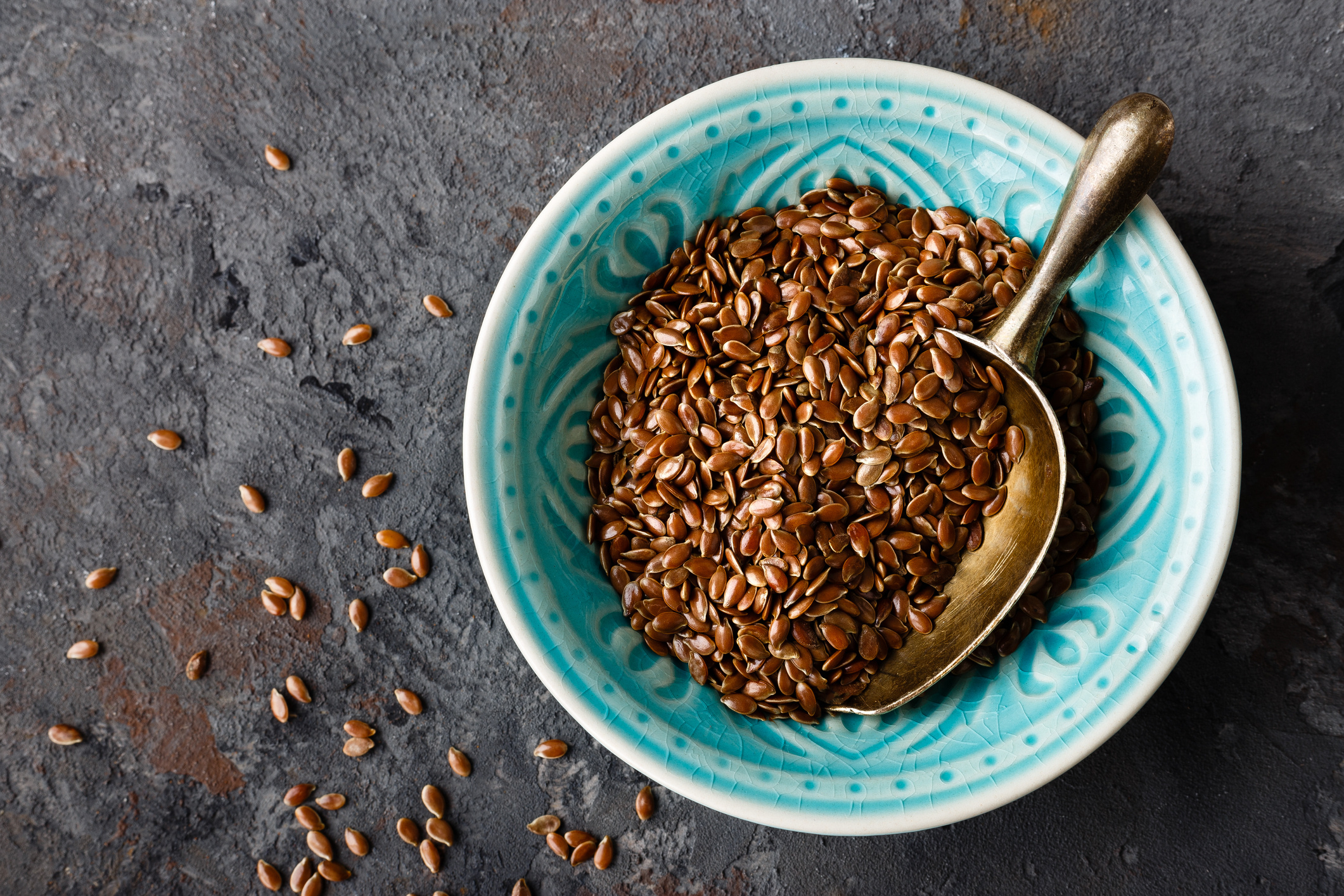
Flaxseeds are seeds derived from the flax plant.
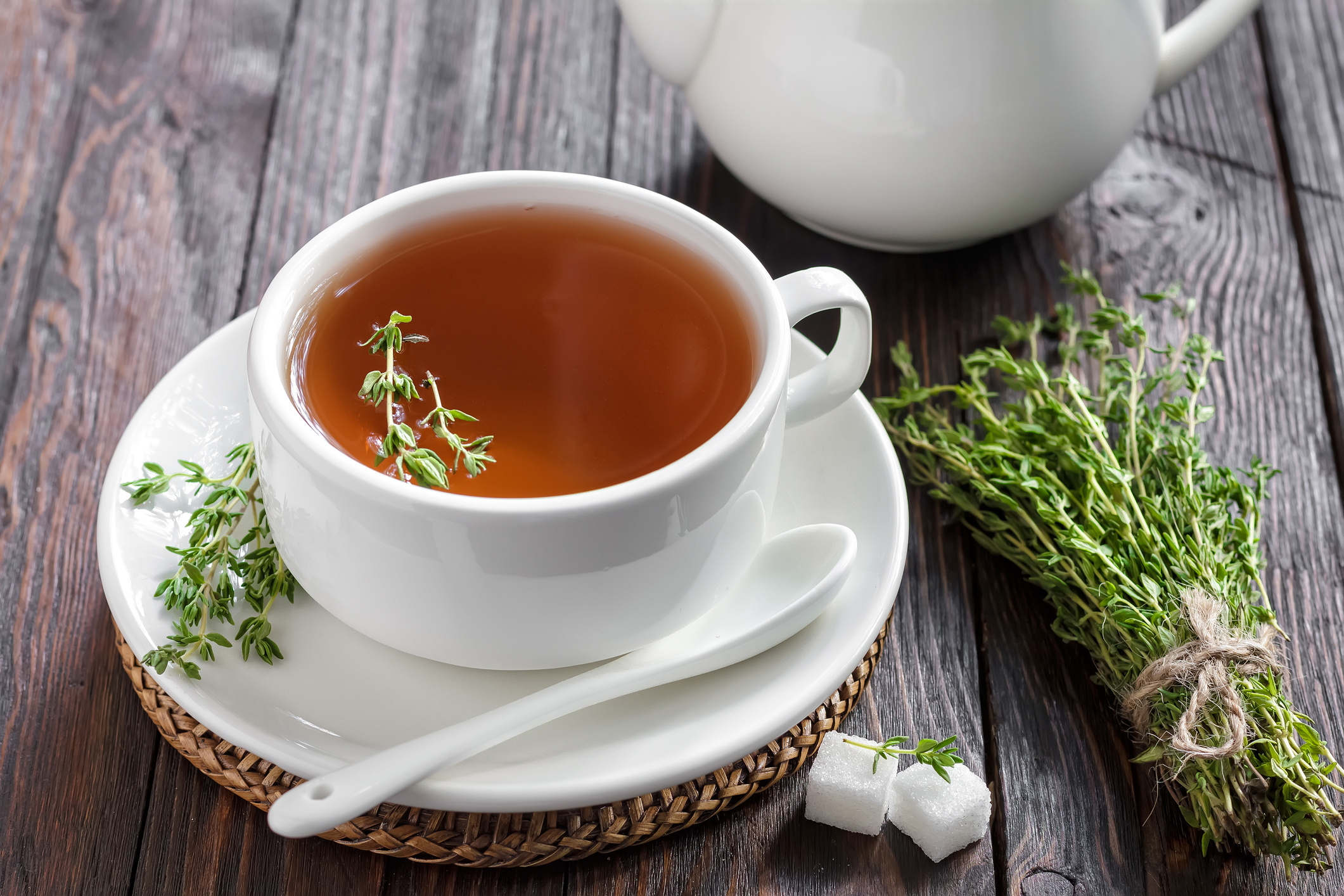
Thyme, especially grown in temperate climates like the Mediterranean region, is one of the most beloved spices in kitchens.
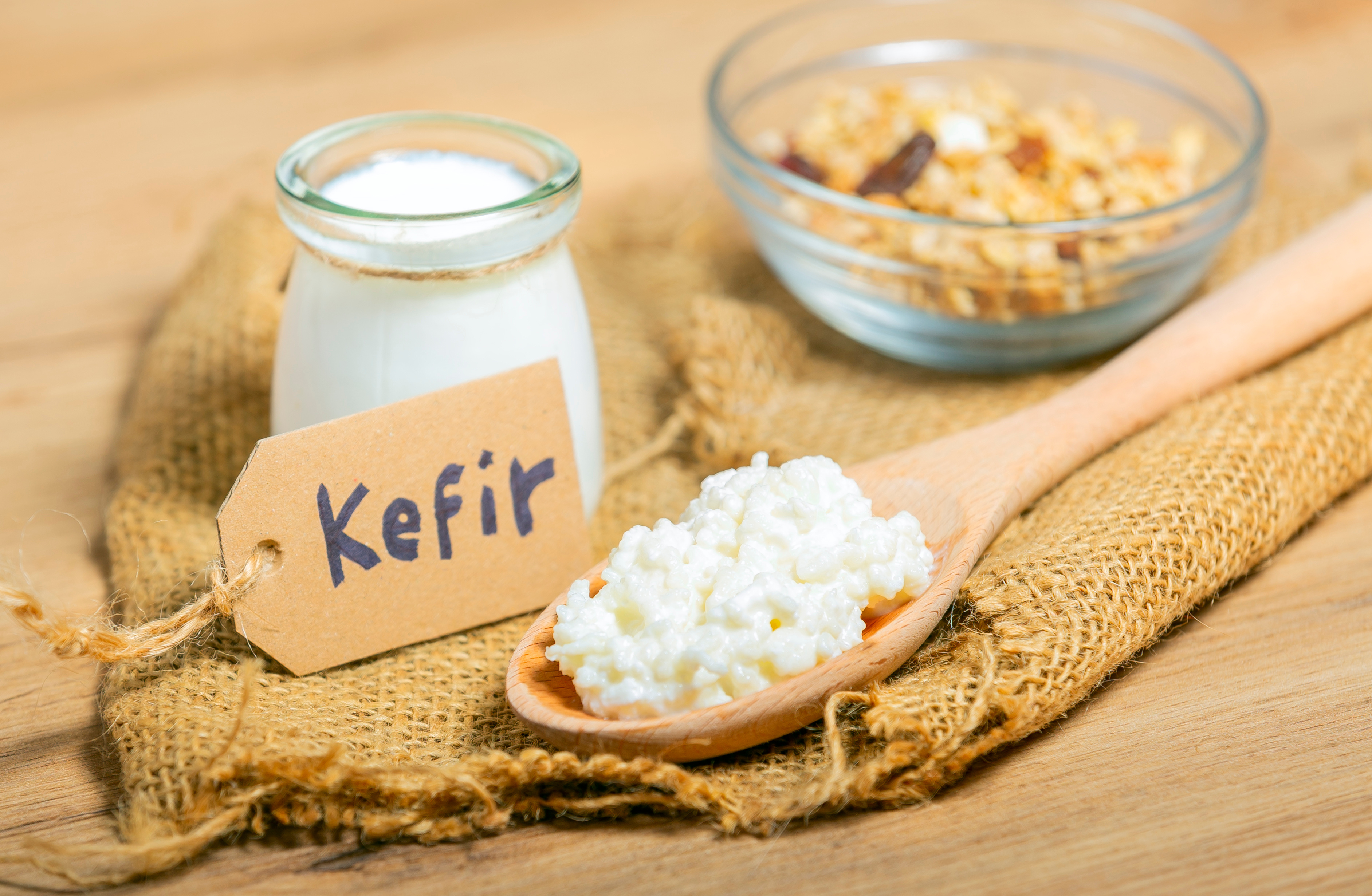
Kefir is a fundamental source of calcium, a mineral that plays many important roles in the body, particularly in maintaining bone health, and is essential for humans throughout their lifetime.
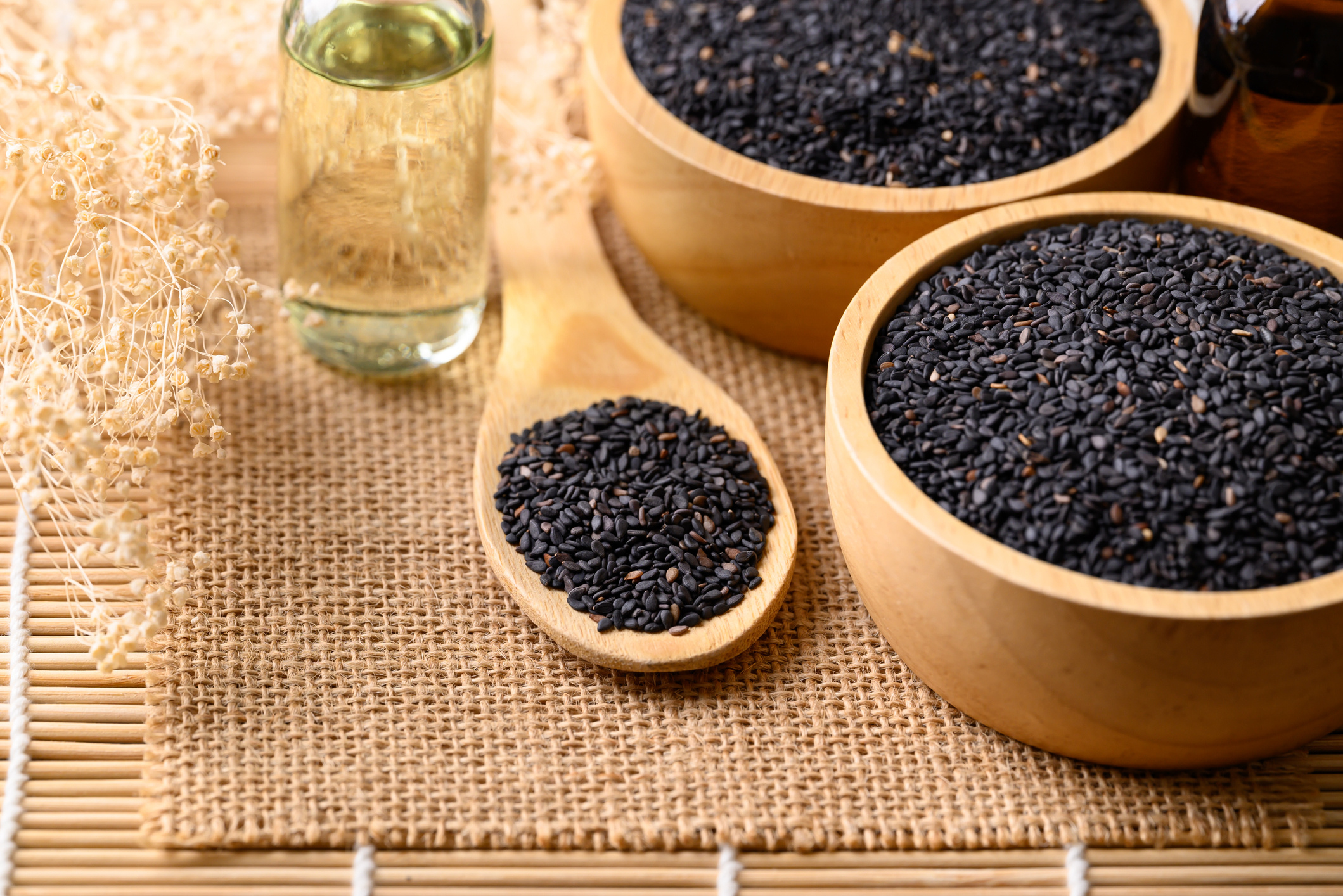
Black seed is a type of seed that has been used for various purposes such as food and medicine since ancient times.

Vitamin B12, also known as cobalamin, is a bright red, crystalline substance due to its cobalt (Co) element content. It works alongside folic acid in the production of vital body structures such as DNA synthesis, red blood cell (RBC) production, and myelin (nerve sheath) synthesis.
Featured Cancer Articles
- 6 Nutrition Tips for Those Who Fast
- What is Disease X (Virus X)?
- How Does Cancer Form?
- What is an Ovarian Cyst?
- What is Cervical Cancer?
- What Are the Symptoms and Treatment Methods of Testicular Cancer?
- Symptoms, Diagnosis, and Treatment Process of Bladder Cancer
- Liver Cancer
- What is Stomach Cancer? What are Its Symptoms and Treatment?
- Thyroid: What is it, Symptoms, Diagnosis, and Treatment


